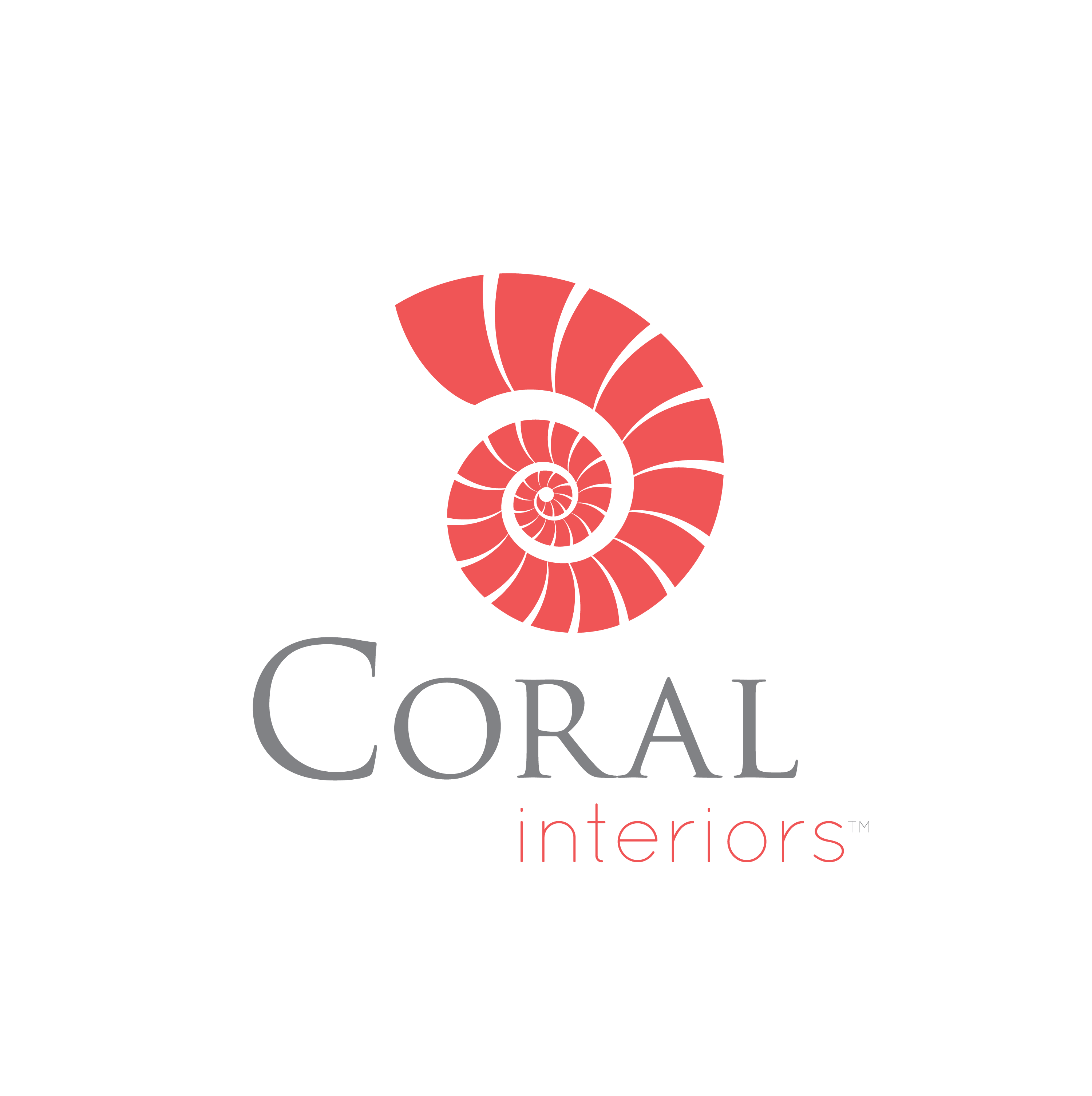So you’re planning on launching a holiday cottage business or creating an Airbnb Annexe in an old outbuilding on your land.
You have the layout sorted, and have dealt with damp, wiring, roofing, plumbing and upgraded any major spaces like the kitchen and bathrooms. Now you’re *really* keen to get the money coming back into your bank account! So how do you fit out the interior ready for the pro photos for Airbnb, Booking.Com or a holiday let management company?
Your prospective guests will choose your property because they like the look and location of it. If yours is a thatched cottage, a Georgian townhouse or a Victorian Gothic Revival gate house, the appeal of the home is it’s heritage..
But the biggest trap you can fall into when you’re re-modelling or re-decorating a holiday home like this (especially if it’s listed) is feeling you have to consider the house’s era in whatever you do.
And the second biggest trap is ignoring the fact that it is a period property and not acknowledging that at all.
As an interior designer these are the two most common problems I encounter when helping someone redesign their holiday let, or new rooms for their period property.
Let’s get this straight – just because your house is Georgian doesn’t mean you have to try and replicate that era in the family room or kitchen.
And just because you live in a Victorian house you don’t necessarily have to have a Victorian bathroom.
Equally, an ultra urban look with acres of harsh concrete worktops would probably feel wrong in a low-beamed rural cottage.
When I’m designing for holiday rental clients we work out together who will be using the house – children, multi-generational groups, young couples, honeymooners, (hopefully you’re not in the stag and hen market!) Do you allow dogs, is this a destination for walkers or watersports enthusiasts?
And when the house is older, that doesn’t change. For instance, just because your Victorian house has a separate dining room doesn’t mean you have to retain it – would it be better to incorporate it into a kitchen/family room arrangement, for instance?
What I often notice is that older homes have useful rooms that we can re-purpose. Awkward box-rooms can become en-suites or dressing rooms, old washrooms can become modern laundries, or utilities, pantries can be the perfect places to house all the white goods, leaving a kitchen just for food prep and eating.
But another thing I sometimes see are older homes which have been brutally modernised and one of the loveliest parts of my job can be helping the owner decide what to put back; a Victorian fireplace, perhaps, or cornice or coving in a room that’s had it stripped out.
And then there’s the chance you get to combine old with new; sometimes a modern bathroom can look stunning set against the ancient beams and unplastered brickwork of a cottage wall. Modern LED lights can be used to highlight beautiful architectural details.
Of course, the best time to decide all this is at the beginning, before you’ve invested any time and money.
As a designer my job is to find out what you want to achieve, who your target market is, and the budget and timescales. I will hen to show you a curated collection of ideas which would work for it and for you. I specialise in period properties – I love their quirkiness and solidity. Most of all I love knowing that I’ve helped their owners maximise their bookings and guest satisfaction – meaning more profit.
*Need some clever ideas and design for your holiday rental or Airbnb? Contact me on 07784 469 334
